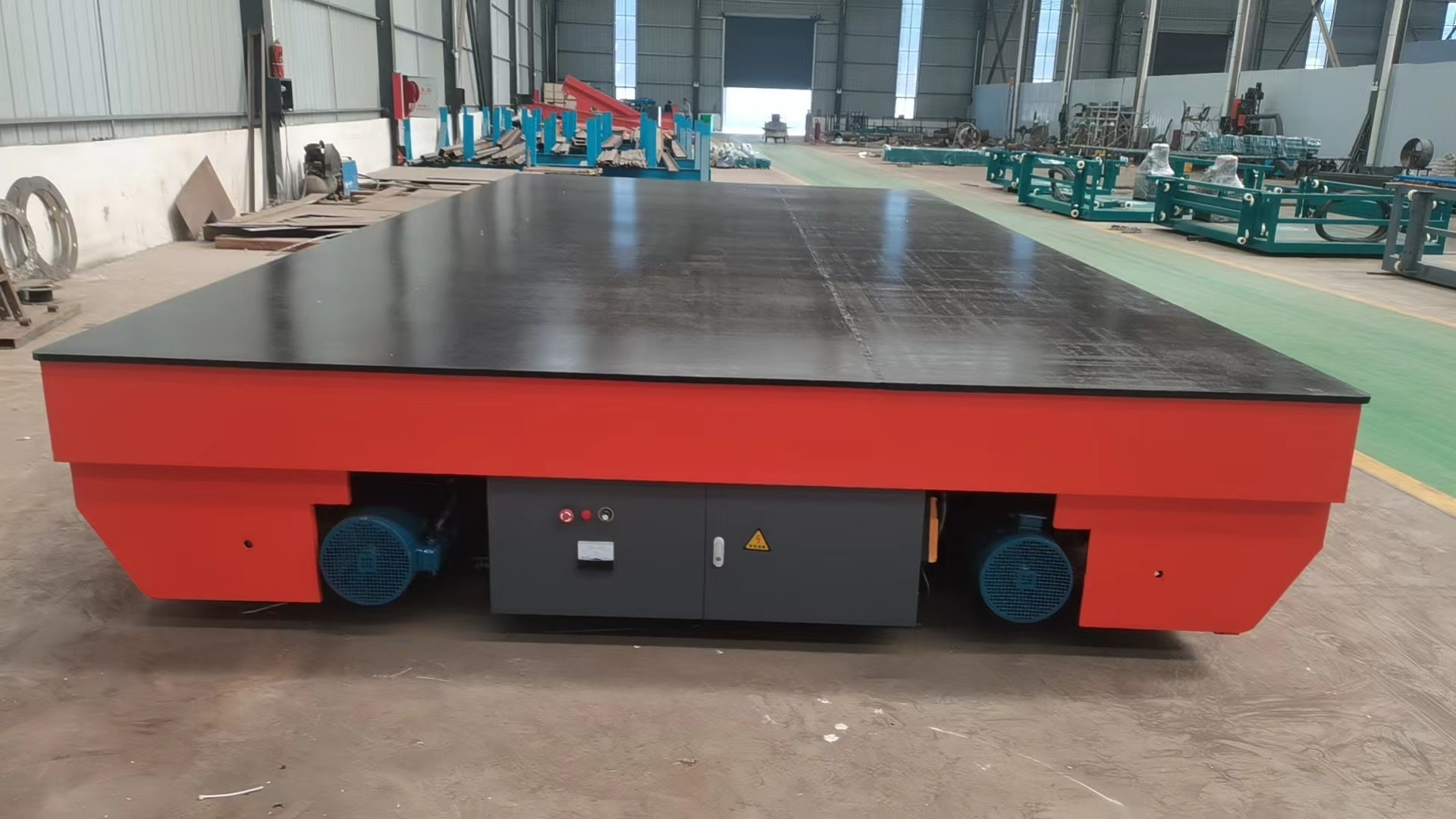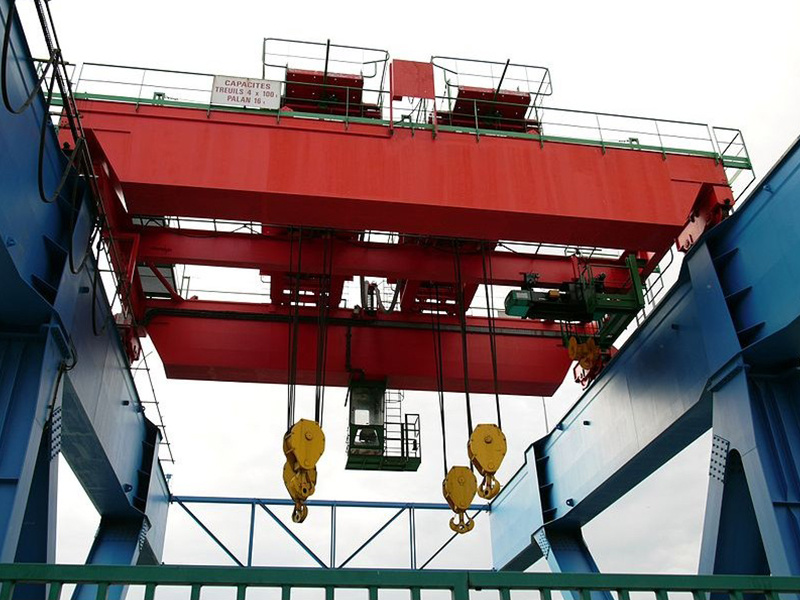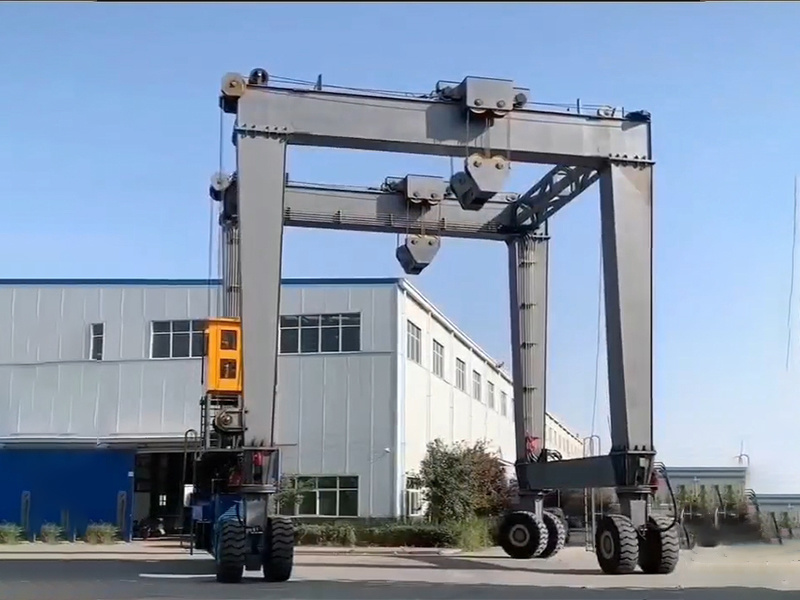Henan Aifite Intelligent Equipment Co., LTD.
Track Electric Flat Car for Transferring Steel
Classification:
Product Introduction
Track Electric Flat Car for Transferring Steel
Special requirements for rail electric flat cars in steel transportation
1. Heavy-load and impact-resistant design
• Steel characteristics: Steel plates, steel coils, profiles, etc. are heavy (a single steel coil can reach more than 30 tons), and the inertial impact is strong when starting and stopping during transportation.
Flat cars must meet the following requirements:
◦ The frame is welded with Q355B high-strength low-alloy steel plates, with a yield strength of ≥355MPa, a table thickness of ≥20mm, and strong deformation resistance;
◦ The wheelset is made of 45# steel quenched (hardness HRC45-50), with a wheel diameter of ≥500mm, to reduce the pressure on the track (pressure ≤150MPa) and avoid deformation of the rails.
2. Anti-skid and fixing devices
• Transportation risks: Steel with a smooth surface (such as cold-rolled steel plates) or an irregular shape (such as stacked steel sections) is prone to sliding during transportation.
• Solution:
◦ Lay anti-skid patterned steel plates (pattern height ≥3mm) or weld anti-skid strips (spacing 100-150mm) on the tabletop;
◦ Install removable sidewalls (height 150-200mm), special V-shaped brackets for steel coils (angle 60°-90°, rubber lining for anti-skid), or equip with manual/hydraulic locking devices to fix materials.
3. Adaptation for long distance and continuous operation
• Steel transportation often requires long-distance round trips between raw material warehouses, processing workshops, and finished product warehouses (the route length can reach more than 500 meters). Flat cars need to: ◦ Use busbars or cable drums for power supply (avoid the distance limit of rail power supply), with a power supply voltage of 380V to ensure continuous operation;
◦ The motor power is matched according to the load (a 50-ton flat car requires an AC motor of ≥30kW), and the speed ratio of the reducer is 1:20-1:30, taking into account both traction and running speed (adjustable from 5-20m/min).

Industry application cases:
• A steel plant cold rolling workshop: Deployed a 100-ton busbar-powered rail flat car with a 12-meter-long table and 4 sets of steel coil brackets. It transports 20-30 tons of steel coils more than 50 times a day, and cooperates with cranes to realize the "unloading - transportation - unwinding" automated process, which is 3 times more efficient than manual forklifts.
• A steel structure plant: Used a 50-ton cable drum flat car to transport 12-meter-long H-shaped steel. The table is equipped with adjustable support blocks (to adapt to different cross-section profiles), and a weighing sensor is installed to display the load in real time to avoid overloading and deformation of the frame. The rail electric flat car dedicated to steel transportation can efficiently solve the transportation needs of heavy loads, long distances, and high safety requirements for steel through structural reinforcement, protection upgrades, and customized design. It is the core equipment for optimizing logistics efficiency in industries such as steel processing and metal products.
Keyword:
Previous Page:
Next Page:
Feedback
Leave a message online and get the product quotation free of charge. We will arrange the specialist to contact you as soon as possible.







